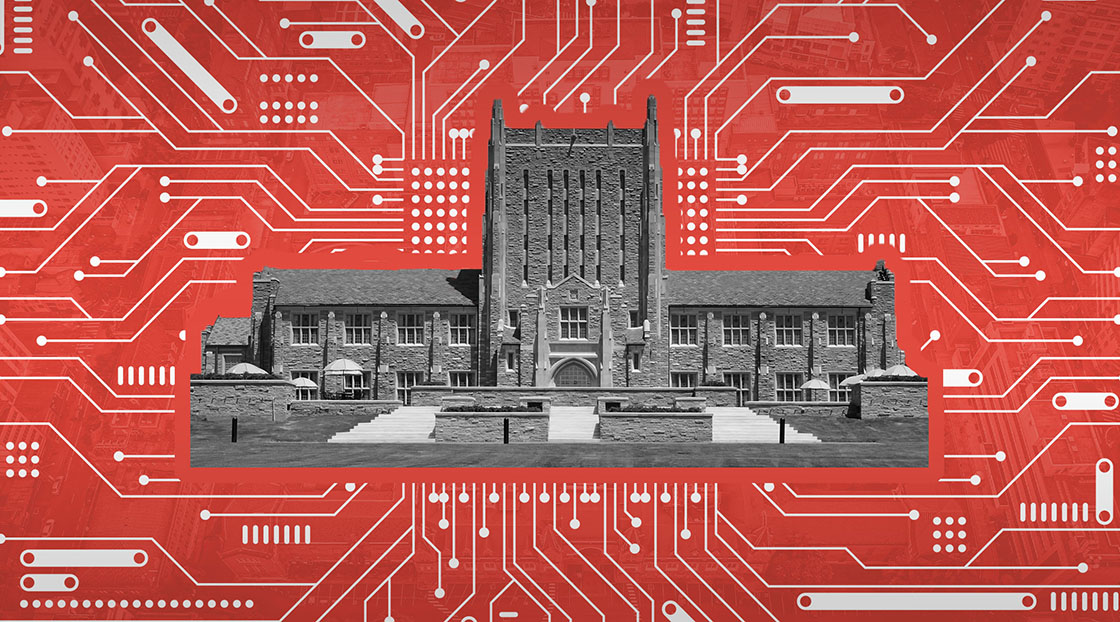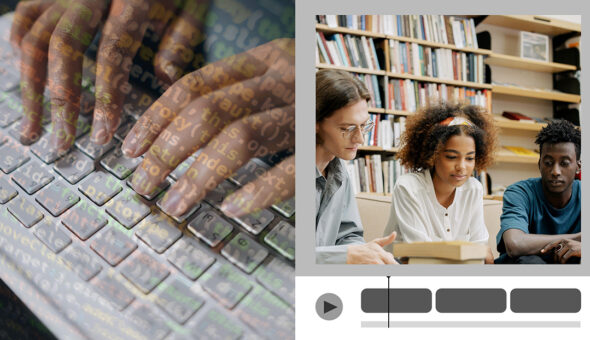Potential Use
Circumventing the need for developer input generative AI chatbots can be executed by university staff and easily maintained by using current resources. Staff using BoltBot, Element451’s chatbot built on OpenAI, for example, can preload links from university websites for the system to use as reference material. The information BoltBot shares with the user will be accurate if the website information is up-to-date and correct.
“What was maybe eight hours of work is now less than two hours,” said Willsea. “You get six hours back in your day to do higher-level activities.”
Shane Baglini, a regular contributor to Volt, is the senior director of marketing and recruitment for Muhlenberg College’s Division of Graduate and Continuing Education. Muhlenberg College is one of the institutions benefiting firsthand from the services provided by a student engagement CRM that utilizes AI.
When asked if he is currently using AI in his role, Baglini happily shared, “Yes! Actually, earlier—just before this call—I was utilizing AI.”
He explained how various AI programs assist with his team’s daily efficiency.
“We are using it to generate ideas, give some folks who might not necessarily have a background in writing a starting point for that,” said Baglini. “We’re a small staff fielding a lot of inquiries that are frequently asked questions.”
One of those frequent questions is inquiries about the college’s tuition. Baglini explained that the team uses a generative AI chatbot on their websites for these inquiries “so advisors and deans can focus more on further-down-the-funnel students and student issues.”
Baglini said, “I think for teams like ours, I wouldn’t say it’s necessary, I’d say it’s extremely beneficial if you can use it in the right way because it can free up time for other things.”
Chatbots are just one of many potential uses for the newest iteration of artificial intelligence. Programs, such as Taskade and neurons, can help enrollment and marketing professionals with mind-mapping, survey development and attention scoring, while Pi can be used as a personal AI assistant to help with brain-storming ideas or working through a task.
Going a step further, marketers can use stacking, which layers multiple AI programs to produce a single piece of content. For example, a small team could use syllaby.io to develop a social media script. Then, the team could run the script through synthesia.io for a video complete with avatars, before finally using repurpose.io to develop and distribute the videos for specific contexts.
Similarly, Dr. Roger Barascout, associate dean of strategic initiatives at C.T. Bauer College of Business, University of Houston*, shared how he hopes to use AI technology to assist in interacting with alumni from various decades.
A recent alum, who now works at a marketing and public relations agency, showed the Bauer team how ChatGPT can be used to create prompts. After viewing the presentation, Barascout believes the software could be a communication tool for alumni relations within higher education.
“The type of language we use depends on our audience,” said Barascout. “For us, we must be able to tap in, to communicate, be related to those who have just graduated and are 22 years old, and those alumni who are 90 years old.”








